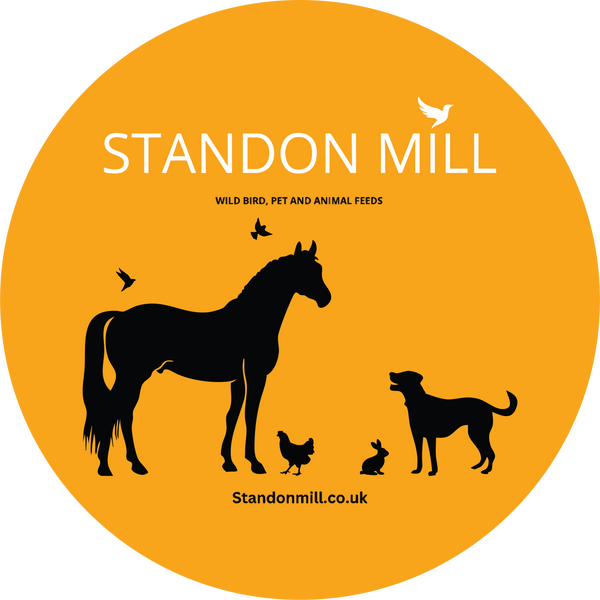Feeding wild birds can be a rewarding and enjoyable activity that allows us to connect with nature and support local bird populations. However, it's important to approach bird feeding responsibly and with the best interests of the birds in mind. In this article, we will explore some of the best practices for feeding wild birds, ensuring their well-being while bringing the beauty of nature closer to our homes.
-
Choose Nutritious and Appropriate Foods: When selecting bird feed, opt for high-quality, nutritious options that cater to the specific dietary needs of wild birds. Different species have different preferences, so it's beneficial to offer a variety of food types, such as seeds, nuts, fruits, and suet. Avoid using processed or salted foods, as they can be harmful to birds. Additionally, ensure the feed is fresh and free from mold to prevent potential health issues.
-
Provide a Variety of Feeders: Offering different types of feeders can attract a diverse range of bird species. Tube feeders, platform feeders, and suet feeders each appeal to different birds, allowing them to feed comfortably and safely. Ensure that feeders are kept clean and hygienic to prevent the spread of diseases. Regularly clean feeders with a solution of one part bleach to nine parts water, rinsing them thoroughly before refilling.
-
Consider Water Sources: Alongside food, water is a crucial element for wild birds. Providing a clean and accessible water source, such as a bird bath or shallow dish, can greatly benefit the birds in your area. Ensure the water is fresh and changed regularly, especially during hot weather or freezing conditions. Adding a small stone or pebbles to the water source can provide perching spots for birds while preventing accidental drowning.
-
Keep Feeders and Surroundings Clean: Maintaining cleanliness around the feeding area is essential to prevent the spread of diseases among birds. Regularly clean up spilled or leftover food to discourage the growth of mold or bacteria. Clear away any debris or droppings from the vicinity of the feeding area, as these can also harbor harmful pathogens. By keeping the feeding environment clean, you create a healthier and safer space for wild birds to visit.
-
Be Mindful of Predators and Hazards: While attracting birds to your yard is a wonderful experience, it's crucial to consider potential hazards. Place feeders away from windows to avoid bird collisions. Position feeders at a safe height to minimize the risk of predators accessing the birds. Additionally, be cautious of using pesticides or chemicals near the feeding area, as these can harm the birds directly or contaminate their food sources.
Feeding wild birds can be an enriching and educational activity that benefits both the birds and ourselves. By following these best practices, we can create a welcoming environment for birds while ensuring their well-being. Providing nutritious food, clean water, and safe feeding areas will attract a diverse array of bird species, allowing us to observe and appreciate the beauty of nature right in our own backyard. Let's embrace the responsibility of wild bird feeding and foster a harmonious relationship between humans and our feathered friends.


1 comment
I was going to buy a window feeder untill I read this post. So thank you, it’s saved a lot of collisions.